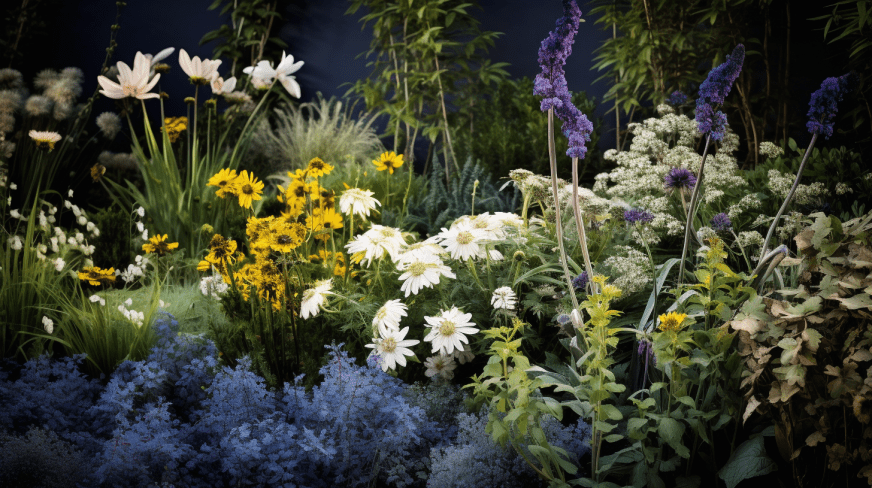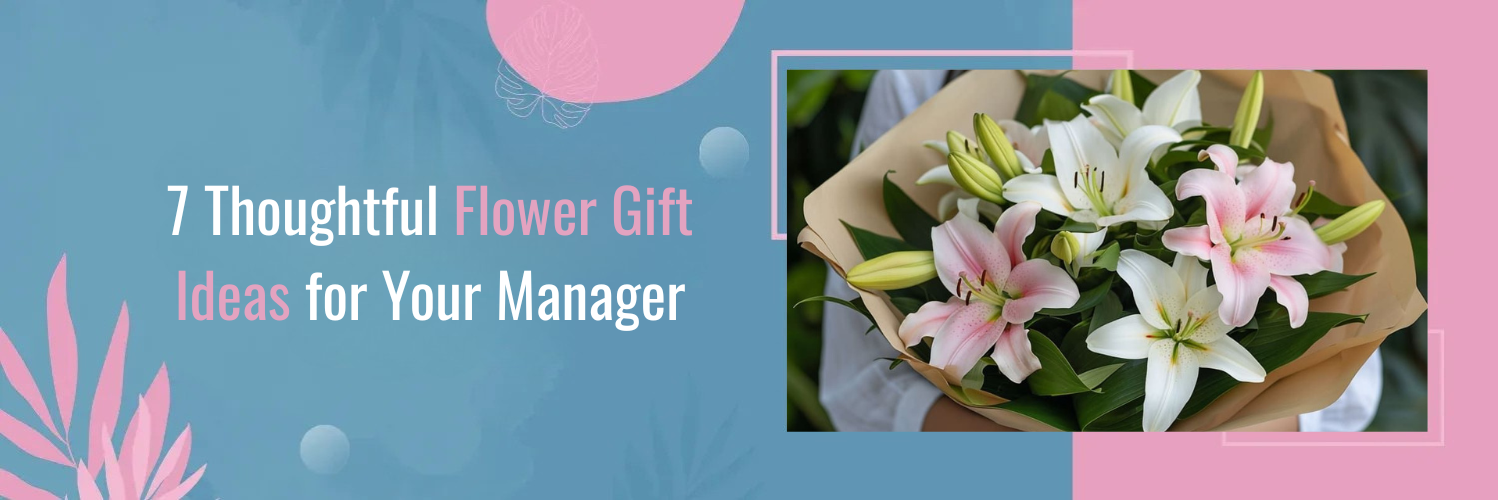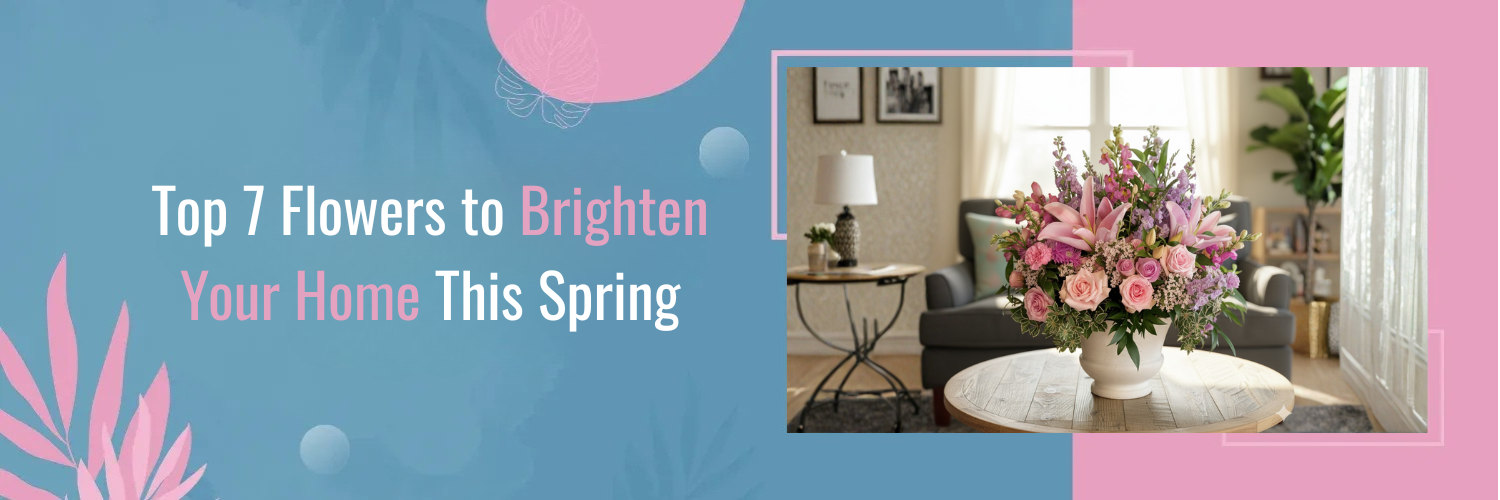Low Maintenance Flowers

Are you tired of spending endless hours tending to your garden or indoor plants? Are you a busy gardening enthusiast looking for flowers that require minimal care but offer long-lasting beauty? You’re in the right place! In this comprehensive guide, we’ll explore the world of long-lasting and low-maintenance flowers, providing you with insights, tips, and recommendations to create a stunning and hassle-free garden or indoor flower display.
Long-lasting and low-maintenance flowers are a gardener’s dream come true. These remarkable plants not only add splashes of color and fragrance to your surroundings but also significantly reduce the time and effort required to keep your garden thriving. Imagine having beautiful blooms without the constant worry of maintenance! In this blog, we will delve into the world of these remarkable flowers, discussing why they are an excellent choice for gardeners and flower enthusiasts alike.
Throughout this guide, we will cover various aspects of long-lasting and low-maintenance flowers, from understanding their benefits to offering practical advice on choosing the right ones for your specific conditions. Let’s embark on a journey to discover how you can enjoy the beauty of flowers with minimal upkeep.
Benefits of Long-Lasting and Low-Maintenance Flowers
Long-lasting and low-maintenance flowers offer a multitude of advantages for both novice and experienced gardeners.
1. Time-Saving Elegance
One of the most enticing benefits of long-lasting and low-maintenance flowers is the significant amount of time they save you. Traditional flower gardens often require constant attention, including frequent watering, weeding, and pruning. In contrast, low-maintenance flowers are designed to thrive with minimal intervention. This means you can enjoy the beauty of your garden without the need for daily upkeep. Whether you have a busy schedule or simply prefer to spend less time on gardening chores, these flowers are a fantastic choice.
2. Effort and Resource Conservation
Low-maintenance flowers are typically more resistant to pests and diseases, reducing the need for chemical interventions. This not only saves you effort but also promotes eco-friendly gardening practices. Additionally, these flowers are often adapted to the local environment, requiring less water than their high-maintenance counterparts. This water efficiency is not only environmentally responsible but also advantageous in regions with water restrictions.
3. Extended Blooming Periods
Many long-lasting flowers have extended blooming periods, providing you with colorful displays throughout the growing season. Instead of experiencing short bursts of color followed by periods of dormancy, your garden can remain vibrant for longer stretches of time. This continuous beauty enhances the overall appeal of your outdoor space, creating a more enjoyable and visually pleasing environment.
4. Low Stress and High Reward
Gardening is meant to be a fulfilling and enjoyable hobby, not a source of stress. Long-lasting and low-maintenance flowers contribute to a more relaxed gardening experience. With reduced worry about constant care, you can focus on the joys of watching your garden flourish. These flowers are especially suitable for those new to gardening, as they provide a forgiving and rewarding introduction to the world of plants.
5. Versatility in Landscaping
Low-maintenance flowers come in a wide variety of species and colors, making them versatile additions to any landscape. Whether you have a small urban balcony, a sprawling suburban yard, or even a rocky, arid terrain, there are low-maintenance flowers that can thrive in your specific conditions. This adaptability allows you to customize your garden to your liking and create stunning displays tailored to your unique space.
6. Lower Long-Term Costs
Over time, the reduced need for water, pesticides, and fertilizers associated with low-maintenance flowers can result in lower gardening costs. Additionally, their resilience to pests and diseases can save you money on treatments and interventions. As these flowers require less frequent replacement due to their longevity, you’ll find that your garden investments go further, offering more value in the long run.
Factors to Consider Before Choosing Flowers
Selecting the right flowers for your garden or indoor space is a crucial step in ensuring their long-lasting beauty and low-maintenance care. Before you start planting, there are several important factors to consider:
1. Climate and Location
The climate of your region plays a significant role in determining which flowers will thrive. Consider factors like temperature extremes, rainfall, and seasonal changes. Different flowers are adapted to various climate conditions. Research native or climate-appropriate flowers that are well-suited to your area.
2. Soil Type and Quality
Understanding your soil type and quality is essential for successful flower gardening. Flowers have specific soil preferences, and matching them with the right soil conditions can significantly impact their health and longevity. Conduct a soil test to determine pH levels, nutrient content, and drainage capabilities. This information will guide your choice of flowers and any necessary soil amendments.
3. Sunlight Requirements
Pay attention to the amount of sunlight your garden or indoor space receives. Some flowers thrive in full sun, while others prefer partial or full shade. Consider the direction your garden faces and the amount of direct sunlight it receives throughout the day. This will help you select flowers that are well-suited to your available sunlight.
4. Available Space
Evaluate the available space for your flower garden. Some flowers, like sprawling ground covers or tall perennials, may require more room to grow. Others, like container-friendly flowers, are suitable for small spaces or balconies. Plan your flower selection based on the space you have, ensuring that your garden design is harmonious and doesn’t become overcrowded.
5. Watering Needs
Different flowers have varying water requirements. Some are drought-tolerant and can thrive with minimal watering, while others need consistent moisture to flourish. Be honest about your ability to meet these watering needs. If you live in an area with water restrictions or have a busy lifestyle, opting for drought-resistant flowers may be a wise choice.
6. Maintenance Commitment
Consider the level of maintenance you’re willing and able to commit to. While low-maintenance flowers generally require less care, they still need attention. Some may benefit from deadheading (removing spent blooms), occasional pruning, or fertilization. Ensure that the maintenance requirements of your chosen flowers align with the time and effort you can invest.
7. Allergies and Pets
If you have allergies or pets, be cautious about the flowers you select. Some flowers produce pollen that can trigger allergies, and certain plants may be toxic to pets if ingested. Research the potential allergenic or toxic properties of flowers to ensure a safe and enjoyable environment for you and your family, including furry friends.
8. Aesthetic Preferences
Consider your personal aesthetic preferences and the overall design of your garden or indoor space. Think about the colors, shapes, and styles of flowers that resonate with you. Create a cohesive and visually pleasing garden by selecting flowers that complement each other and align with your artistic vision.
9. Longevity and Bloom Period
Evaluate how long you want your garden to remain in bloom. Some flowers have short-lived but intense flowering periods, while others offer extended blooming seasons. Combining flowers with different bloom times can ensure year-round interest in your garden.
10. Local Regulations
Check if there are any local regulations or restrictions on the types of plants you can grow, especially if you plan to garden in a community with specific rules or guidelines. Compliance with these regulations will help you avoid potential issues down the road.
By carefully considering these factors before choosing your flowers, you can make informed decisions that lead to a successful, long-lasting, and low-maintenance garden or indoor floral display. Tailoring your choices to your specific conditions and preferences will set the stage for a beautiful and harmonious flower garden.
Top Long-Lasting and Low-Maintenance Flowers
In this section, we’ll explore some of the top long-lasting and low-maintenance flowers that can transform your garden or indoor space with minimal upkeep. These flowers have proven to be not only beautiful but also easy to care for, making them excellent choices for both beginners and experienced gardeners:
1. Lavender (Lavandula spp.)
- Description: Lavender is known for its fragrant blooms and distinctive purple, pink, or white flowers. It’s a versatile plant that can be grown in gardens, borders, or containers.
- Low-Maintenance Qualities: Lavender is a drought-tolerant plant that thrives in well-drained soil and full sunlight. It requires minimal watering once established and is highly resistant to pests and diseases.
- Care Tips: To care for lavender, trim the plants lightly after flowering to promote bushiness, and prune them in early spring to remove dead growth. This encourages new growth and maintains the plant’s shape.
2. Succulents (Various Species)
- Description: Succulents come in a wide variety of shapes and colors, ranging from the iconic rosette-shaped Echeveria to the strikingly tall Sansevieria. Their unique appearances make them excellent for both outdoor and indoor displays.
- Low-Maintenance Qualities: Succulents are known for their ability to store water in their fleshy leaves and stems, making them incredibly drought-tolerant. They thrive in well-draining soil and require minimal watering.
- Care Tips: Plant succulents in containers with good drainage, place them in bright, indirect sunlight, and avoid overwatering. They require very little maintenance beyond occasional pruning to remove dead leaves.
3. Daylilies (Hemerocallis spp.)

- Description: Daylilies are admired for their striking, trumpet-shaped flowers and vibrant colors. They are a popular choice for adding a splash of color to gardens and borders.
- Low-Maintenance Qualities: Daylilies are hardy and adaptable plants that can thrive in various soil types and light conditions. They require minimal attention, including watering during dry spells and dividing every few years.
- Care Tips: To care for daylilies, ensure they receive at least six hours of sunlight daily. Deadhead spent blooms to encourage continuous flowering and divide clumps every 3-5 years to prevent overcrowding.
4. Marigolds (Tagetes spp.)
- Description: Marigolds are well-known for their vibrant, golden-orange blooms and distinctive scent. They are often used as border plants, in containers, or as companion plants to repel pests.
- Low-Maintenance Qualities: Marigolds are incredibly hardy and resistant to common garden pests. They thrive in full sunlight and well-drained soil, requiring minimal care beyond occasional deadheading.
- Care Tips: Plant marigolds in a sunny location, and keep the soil evenly moist during the growing season. Deadhead spent flowers to encourage continuous blooming and maintain their appearance.
These long-lasting and low-maintenance flowers not only add beauty to your garden or indoor space but also reduce the need for constant attention. By incorporating these flowers into your landscape, you can enjoy the benefits of a flourishing garden with minimal effort. Remember to consider your specific growing conditions and preferences when selecting from these top choices to create a garden that suits your needs and style.
Easy Care for Low Maintenance Outdoor Plants
While low-maintenance flowers are designed to thrive with minimal care, some basic maintenance practices can ensure they remain healthy and vibrant throughout the growing season. Here are some general tips to help you maintain your low-maintenance flowers:
1. Watering Wisely
- Established Routine: Low-maintenance flowers often thrive with less frequent watering. Water deeply but less often to encourage deep root growth. Allow the soil to dry slightly between watering sessions.
- Morning Watering: Water your flowers in the morning to allow foliage to dry during the day, reducing the risk of fungal diseases.
- Avoid Overwatering: Overwatering can be detrimental to many low- maintenance flowers. Use a drip irrigation system or a soaker hose to provide consistent, controlled moisture.
- Mulching: Apply a layer of mulch around your flowers to retain soil moisture, regulate temperature, and reduce weed growth.
2. Fertilization
- Minimal Fertilization: Low-maintenance flowers often require less fertilizer. Apply a balanced, slow-release fertilizer sparingly in the spring or early summer, following package instructions.
- Avoid Overfeeding: Over-fertilizing can lead to excessive growth and reduced flowering. A light application of compost can also provide nutrients without the risk of overfeeding.
3. Pruning and Deadheading
- Regular Deadheading: Remove spent flowers (deadhead) regularly to encourage continuous blooming. This prevents the plant from investing energy in seed production.
- Pruning: Prune back leggy or damaged growth as needed. Pruning can also help maintain the desired shape and size of your plants.
4. Pest and Disease Management
- Inspect Regularly: Check your plants regularly for signs of pests or diseases. Early detection allows for prompt intervention.
- Natural Pest Control: Encourage natural predators like ladybugs and lacewings to help control garden pests. Avoid using harsh chemical pesticides, as they can harm beneficial insects.
- Proper Spacing: Ensure adequate spacing between plants to promote good air circulation, which can reduce the risk of fungal diseases.
5. Soil Health
- Soil Testing: Periodically test your soil to check for nutrient deficiencies or imbalances. Amend the soil as needed to maintain its health and fertility.
- Composting: Add compost to your flower beds annually to improve soil structure, increase nutrient content, and enhance moisture retention.
6. Winter Care
- Protect from Frost: If you live in a region with frost, cover your low-maintenance flowers or move potted plants indoors during cold spells.
- Mulch for Insulation: Apply a layer of mulch around the base of plants to insulate roots and protect them from freezing temperatures.
7. Regular Inspection
- Monitor Growth: Regularly inspect your low-maintenance flowers for signs of stress, such as yellowing leaves or wilting. Promptly address any issues to prevent further damage.
- Adjust Care: Adjust your care routine as needed based on the specific needs of each type of flower in your garden.
By following these general maintenance tips, you can ensure that your low-maintenance flowers remain healthy, vibrant, and beautiful with minimal effort. Remember that while these flowers require less attention than high-maintenance varieties, they still benefit from some basic care and attention to thrive in your garden or indoor space.
Low Maintenance Garden Plants

In conclusion, the allure of long-lasting and low-maintenance flowers is undeniable. They offer the perfect blend of natural beauty and simplicity, making them the ideal choice for those who seek a garden or indoor display that thrives effortlessly. We’ve unraveled the many benefits of these flowers, guided you through the selection process, and introduced you to some outstanding varieties that will elevate your botanical haven. Now, as you stand on the threshold of your flower gardening journey, armed with knowledge and inspiration, it’s time to take that step.
Why wait? Let Bourkes Florist help you turn your vision into reality. Our exquisite collection of long-lasting and low-maintenance flowers awaits your selection. With just a few clicks, you can order these magnificent blooms, and we’ll ensure they’re delivered to your doorstep, ready to grace your surroundings with their enduring beauty. Don’t miss out on the magic of long-lasting and low-maintenance blooms – order yours today !
FAQs
Q: What are some other low-maintenance flowers besides the ones mentioned?
If you’re looking for more options, we’ve compiled a list of additional low-maintenance flowers along with brief descriptions of each flower’s characteristics. These options will give you even more choices to enhance your garden effortlessly.
Q: Can I combine these flowers in my garden?
Mixing different low-maintenance flowers can create visually appealing combinations. We’ll discuss the possibility of combining these flowers and offer advice on creating harmonious and aesthetically pleasing garden displays.
Q: How can I extend the lifespan of these flowers even further?
To make the most of your low-maintenance flowers, we’ll share advanced tips for maximizing their longevity. Techniques such as deadheading and proper winter care will ensure your garden remains vibrant year-round.
Q: Are low-maintenance flowers suitable for indoor gardening?
Absolutely! Low-maintenance flowers are well-suited for indoor environments. We’ll explain their suitability and provide guidance on indoor care and maintenance, helping you bring the beauty of these flowers into your home.




























